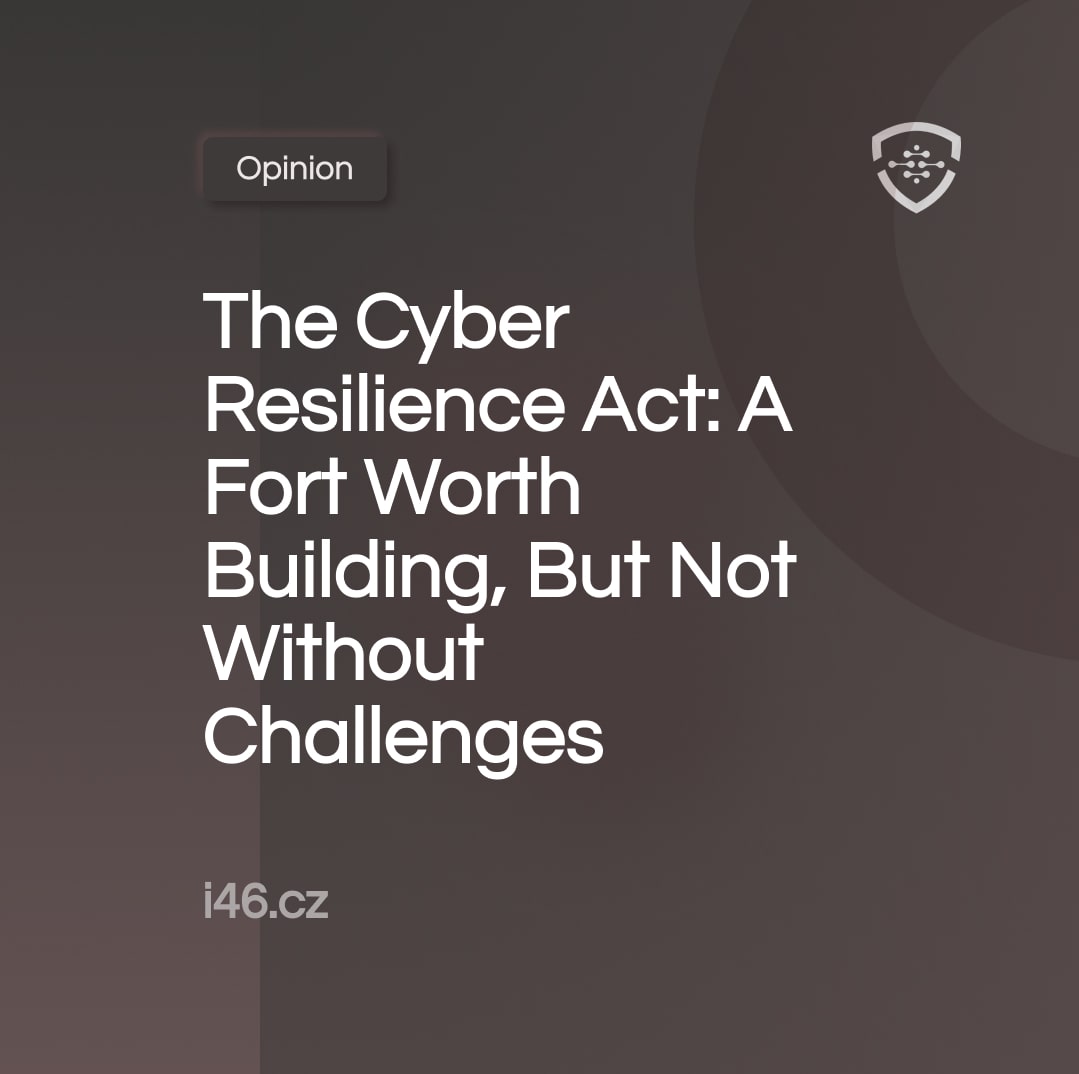The Cyber Resilience Act: A Fort Worth Building, But Not Without Challenges

The EU’s Cyber Resilience Act (CRA) is a bold step towards a more secure digital future. Imagine it as a towering fortress, designed to shield the EU from the ever-evolving cyber threats. But like any ambitious project, building this fortress comes with its own set of challenges.
Challenge #1: Striking the Right Balance
The CRA aims to be a comprehensive shield, encompassing everything from connected toys to critical infrastructure. But finding the right balance between stringent security requirements and practical implementation for manufacturers and retailers is no easy feat. Overly strict regulations could stifle innovation and burden small businesses, while lax measures could leave gaping vulnerabilities.
Challenge #2: The Cost of Cyber Resilience
Building cyber resilience comes at a price. Manufacturers will need to invest in new security measures, vulnerability assessments, and ongoing software updates. This can be a significant financial burden, particularly for smaller companies. Additionally, consumers may see the cost of connected devices rise as manufacturers pass on the expense of enhanced security.
Challenge #3: The Human Factor
No matter how robust the technology, the human element remains a crucial vulnerability. Cybersecurity awareness training for employees, consumers, and developers is essential to prevent social engineering attacks and accidental data breaches.
The CRA fails to approach the human factor in a comprehensive manner, hence it will remain the company’s responsibility to ensure that its personnel is properly trained in identifying attempts of human engineering such as spoofing and phishing attacks.
Challenge #4: The Global Puzzle
Cybersecurity threats transcend borders. The CRA’s effectiveness will depend on international cooperation and harmonization of regulations. Ensuring consistent enforcement and collaboration between EU member states and other countries is crucial to creating a truly secure digital ecosystem.
Challenge #5: Keeping Up with the Evolving Threat Landscape
Cybercriminals are constantly innovating, developing new attack methods and exploiting previously unknown vulnerabilities. The CRA needs to be adaptable and flexible enough to keep pace with this ever-changing threat landscape. Regular updates and revisions will be necessary to ensure the fortress remains impregnable.
The Takeaway
Despite these challenges, the Cyber Resilience Act represents a significant step forward in securing the EU’s digital future. By addressing these challenges head-on, the EU can build a more robust and resilient digital ecosystem that benefits everyone.
Here are some additional thoughts to consider:
- The CRA’s potential impact on innovation: While some argue that the Act could stifle innovation, others believe it could create new opportunities for companies specializing in cybersecurity solutions.
- The role of consumers in promoting cybersecurity: Consumers can play an active role in promoting cybersecurity by choosing products with strong security features and practicing safe online habits.
- The importance of public awareness: Raising public awareness about cyber threats and the importance of cybersecurity is essential to building a more secure digital society.
The Cyber Resilience Act is a complex and multifaceted piece of legislation. By understanding the challenges and opportunities it presents, we can all contribute to building a safer and more secure digital future.
Join the Discussion:
Chat with i46’s CEO: Erel Rosenberg
Find out more information on the Cyber Resilience Act here



